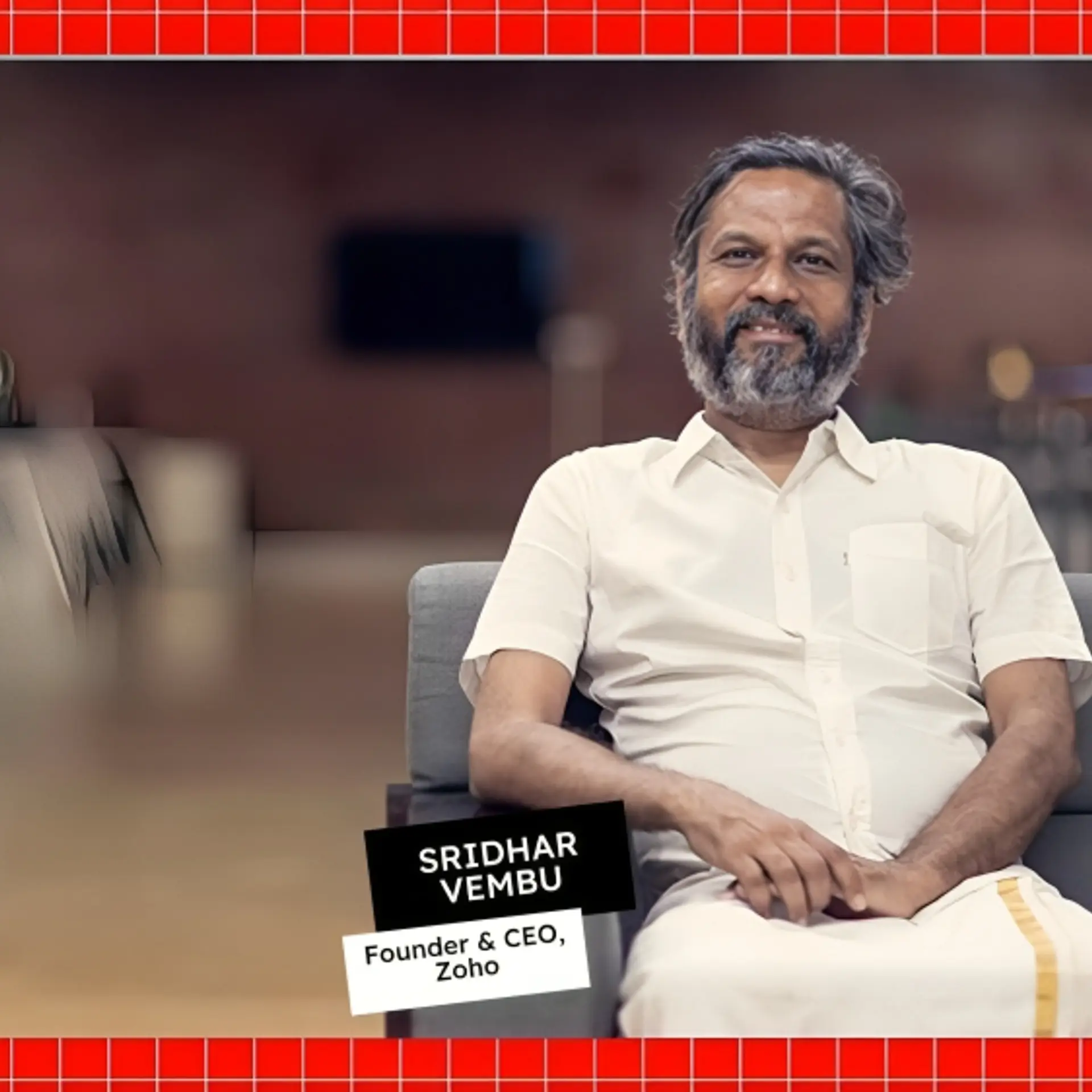This Indian-origin professor has developed 3D printed living skin that can heal diabetic wounds
Professor Pankaj Karande's method to 3D print living skin with blood vessels is a significant step toward skin grafts for patients with diabetic or pressure ulcers.
Technology is changing the world in many ways, and nowhere is the change more welcome than in the field of medicine. An Indian-origin professor and his team at Rensselaer Polytechnic Institute, New York, have now developed a way to 3D print living skin with complete blood vessels.
Pankaj Karande, an associate professor of chemical and biological engineering, has led the advancement, which is “a significant step toward creating grafts that are more like the skin our bodies produce naturally”.
His research started by mixing two types of living humans’ cells to produce so-called “bio-inks”, which were printed to a skin-like structure. Everything seemed in place, but the structure lacked a vascular system.
In collaboration with Yale University, human endothelial cells, which line the inside of blood vessels, and human pericyte cells, which wrap around endothelial cells, were added, reports New Atlas.

Pankaj Karande (Image: Medical Xpress)
For this, ingredients found in bio-printed skin grafts, such as animal collagen and other structure cells, were added. Soon, blood vessels started growing in the skin.
The team found success when the pieces of skin were placed over the wounds of mice; the mice’s body vessels started “communicating” with the skin pieces. After four weeks, the animal’s blood perfused with the bioprinted skin.
On this, Pankaj said, "That’s extremely important because we know there is a transfer of blood and nutrients to the graft, which is keeping it alive,” reports New Atlas.
Working to recreate biology
For the professor, who is also a member of the Center for Biotechnology and Interdisciplinary Studies (CBIS), the present clinical product is more like a fancy band-aid, reports Science Daily.
“As engineers working to recreate biology, we've always appreciated and been aware of the fact that biology is far more complex than the simple systems we make in the lab," Karande said. "We were pleasantly surprised to find that, once we start approaching that complexity, biology takes over and starts getting closer and closer to what exists in nature.”
To make this usable at a clinical level, researchers need to be able to edit donor cells using something like the CRISPR technology, so that the vessels can integrate and be accepted by the patient's body.
"We are still not at that step, but we are one step closer," Karande said in a Science Daily report.
Further research needed
He added that more work would need to be done to address "challenges associated with burn patients, which include the loss of nerve and vascular endings".
However, the grafts can help people with issues such as diabetic or pressure ulcers.
“For those patients, these would be perfect, because ulcers usually appear at distinct locations on the body and can be addressed with smaller pieces of skin,” Karande said. “Wound healing typically takes longer in diabetic patients, and this could also help to accelerate that process.”
(Edited by Teja Lele Desai)
Do you have an interesting story to share? Please write to us at [email protected]. To stay updated with more positive news, please connect with us on Facebook and Twitter.



![[Startup Bharat] At this 23-year-old's school in rural Odisha, students use 3D printers, laser ...](https://images.yourstory.com/cs/2/3fb20ae0-2dc9-11e9-af58-c17e6cc3d915/pic_11551172533831.png?fm=png&auto=format&h=100&w=100&crop=entropy&fit=crop)




